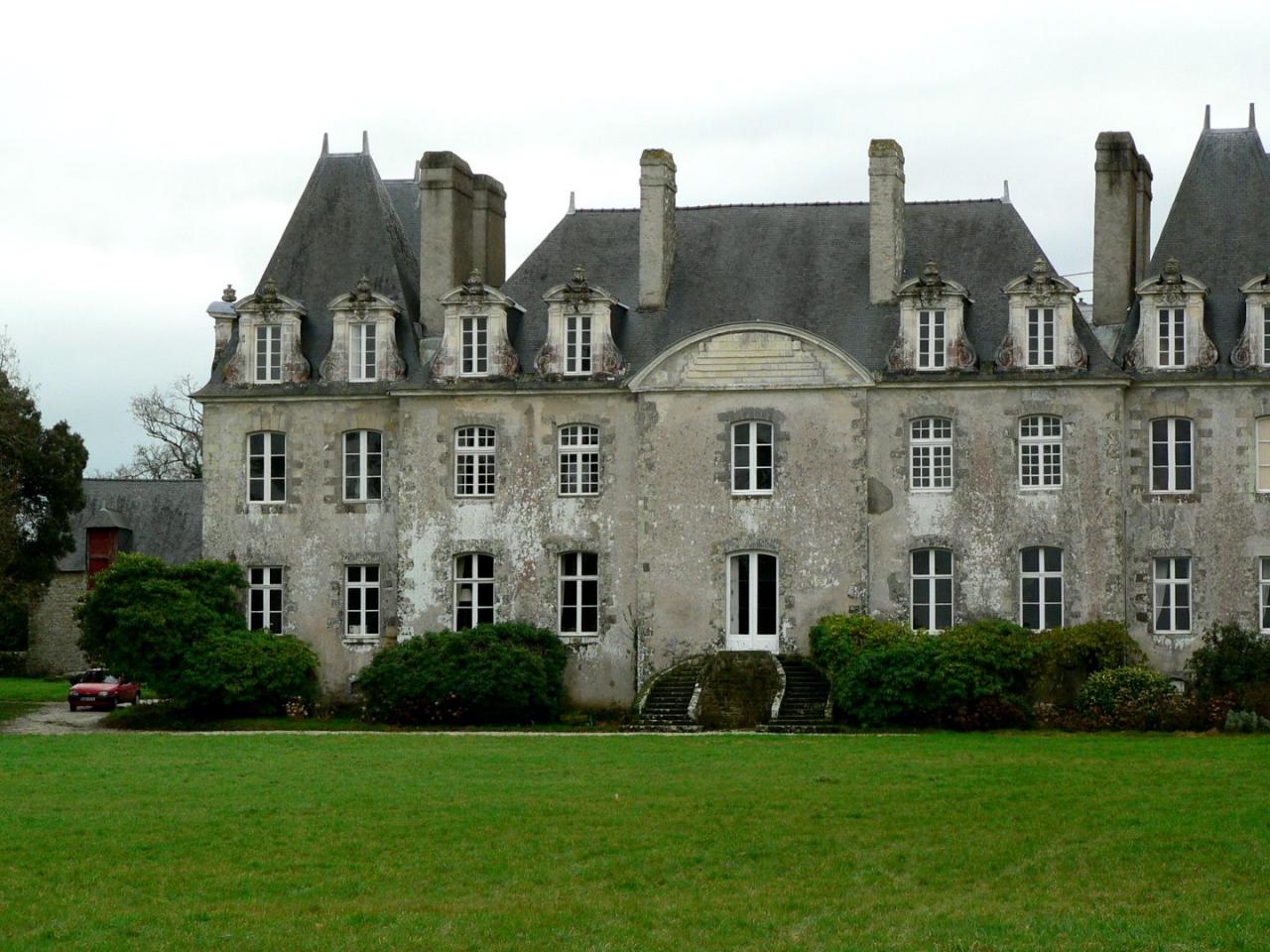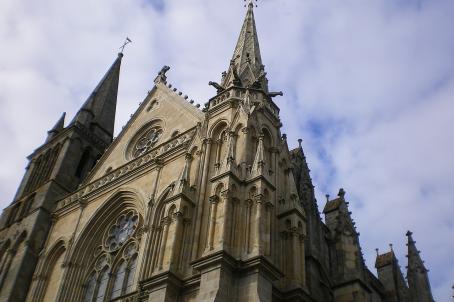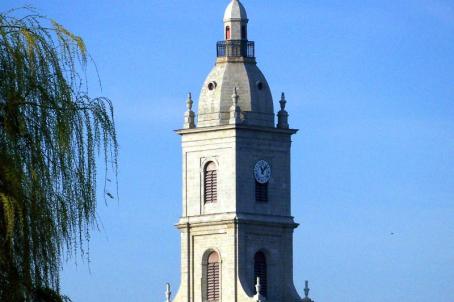Chapel of the château de Truscat
The chapel of Truscat Castle, listed in the general inventory of cultural heritage, is located in Sarzeau, Brittany. The manor, that has been mentioned in records since the 15th century, was bought, between 1507 and 1515, by the Francheville family. It was rebuilt in 1702. Only the outbuildings and the 16th century chapel remain as part of the original building. It has a single nave surmounted by a Renaissance bell tower.
About this building
The chapel of Truscat Castle, listed in the general inventory of cultural heritage, is located in Sarzeau, Brittany, and is an integral part of the castle. The castle-manor itself has been mentioned in records as property of the Maubec family since the 15th century. However, it was purchased, between 1507 and 1515, by Étienne de Francheville, it was rebuilt, from 1702, by Gervais de Francheville. Of the original building, only the outbuildings and the chapel of the sixteenth century survive.
The chapel of the castle, built between 1625 and 1630, bears the arms of Claude de Francheville, Perrine Huart and the family of Goulaine. The family symbols can also be observed on the arched door with a semicircular tympanum, as it is crowned with the Francheville escutcheon as well as the two small neo-gothic crosses. The lantern-shaped Renaissance bell tower rests on the top of the uncovered gable. Inside, there is a high altar in white stone that is the most notable interior piece.





